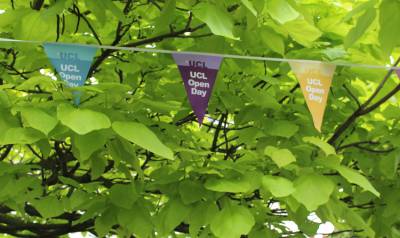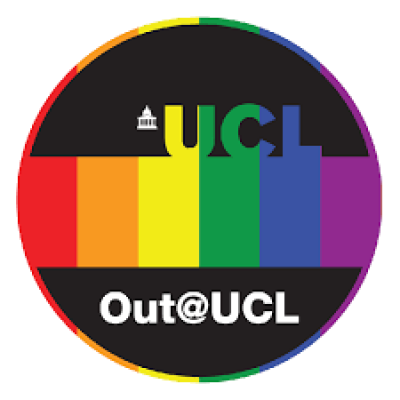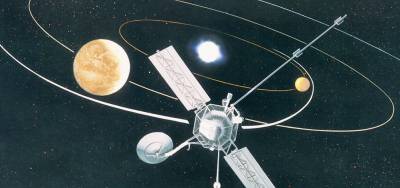Next stop: Mars
30 October 2013
UCL's Mullard Space Science Laboratory (MSSL) is one of the main participants in the ExoMars project, a European Space Agency-led programme to land two probes on Mars later this decade. The second of these, the ExoMars Rover, will be Europe's first Mars rover, following on from NASA's successes with Sojourner, Spirit, Opportunity and Curiosity. Touchdown is scheduled for 2018.
UCL's role in the consortium behind ExoMars is to head the PanCam (panoramic camera) team. PanCam will be the eyes of ExoMars, providing high-resolution colour images and 3D imagery of the planetary surface. The scientific lead on the project is Andrew Coates of MSSL.
Mars is a hostile environment: it is very cold, very dry, the atmosphere is very thin, and the lack of a planetary magnetic field leaves the surface exposed to high levels of radiation.
In order to test various prototype systems for the craft, the team needed to find a location on Earth which was similar to Mars.
While no location on Earth has Mars's thin atmosphere and high radiation, the Atacama desert in Northern Chile is as close to Mars as you can get on Earth. It is the driest place on Earth, is relatively cool (though not as cold as Mars), and the rocky surface looks uncannily similar to the Red Planet.
The crisp, dry, still atmosphere of Northern Chile makes it a superb site for astronomical observations, and a number of major international facilities including the European Southern Observatory (ESO) are located here. The team used ESO facilities as a base during the tests.
These photos show the surface of the Atacama desert as imaged by the prototype PanCam, with the rover and camera being operated remotely from the UK. When the ExoMars Rover lands in 2018, it will of course be driven remotely too, though the planet's distance from Earth means it will be far less responsive. Depending on the orbital alignment of Mars and the Earth, a signal can take anything between 4 and 24 minutes to travel between the two planets.
In these test images the only obvious hint we are still on Earth is the deep blue sky: the sky on Mars is generally orange or pink, depending on the weather and position of the Sun in the sky.
The pictures were taken as part of the Sample Field Acquisition Experiment with a Rover (SAFER) trial
Photo credits: ESA/SAFER Team
Processing and calibration: Andrew Griffiths (UCL MSSL), Laurence Tyler (Aberystwyth University)
Links
High resolution images
Picture A
Picture B
These images can be reproduced freely providing the source is credited
 Close
Close




